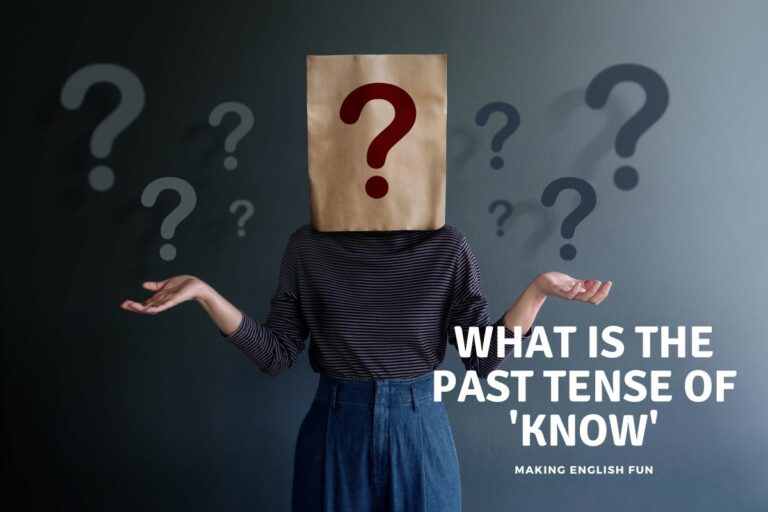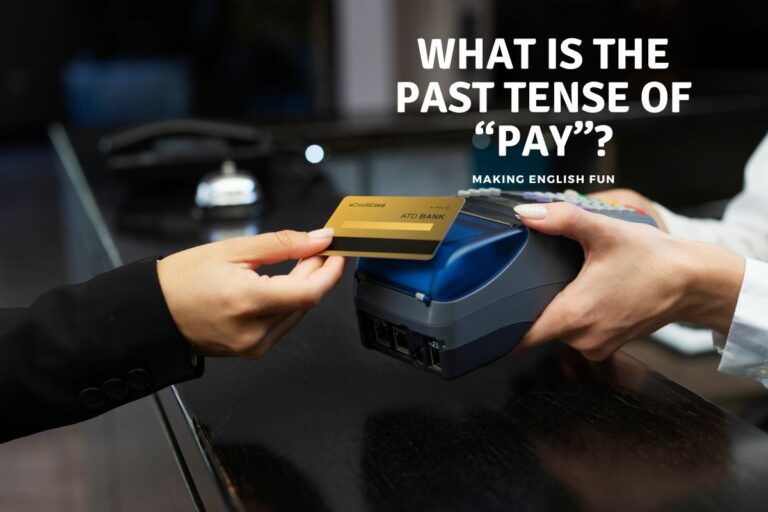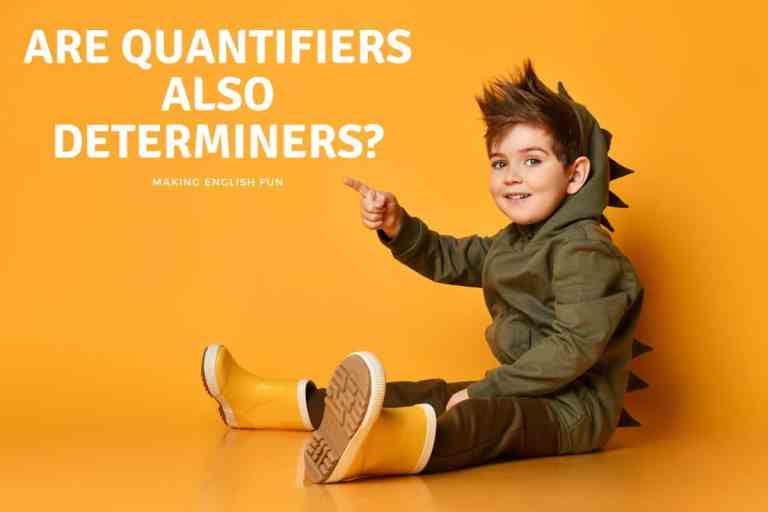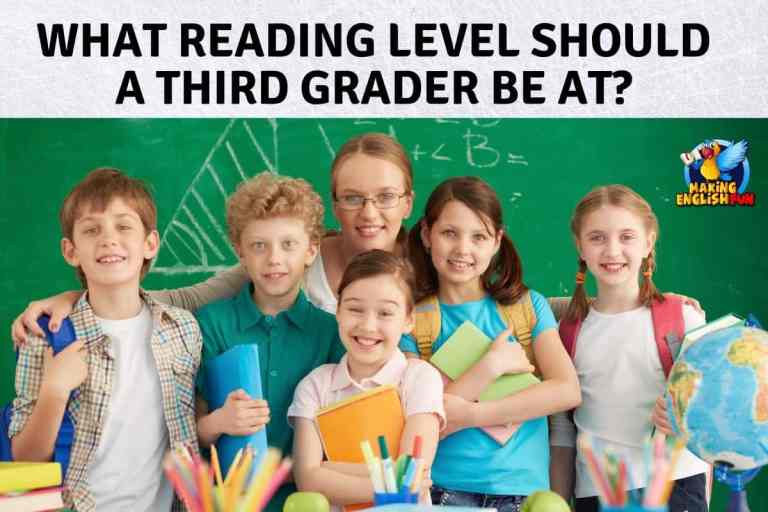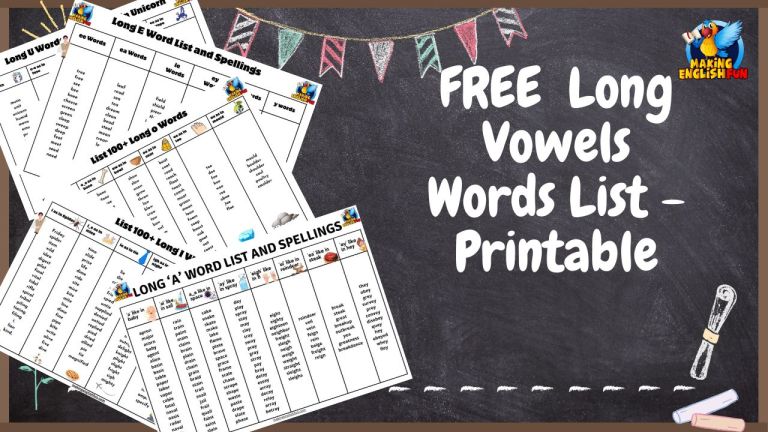Should You Teach Phonics in Kindergarten?
Phonics is a vital skill and the earlier younger and emergent readers can learn these skills the better and more successful their language learning will be. There are still mixed feelings but being able to decode new words builds confidence and comprehension at a much faster way.
I wanted to start this off with a question, and it’s mainly aimed at ESL kindergarten teachers. I am wondering how you teach the Alphabet in K1, 2 and 3? I am a Primary teacher who mainly teaches year 1 to 3 in my school, as do most of the teachers on Hong Kong’s Native teacher scheme. (NET scheme), and most of our students come up from K.3. with great knowledge of the letter names of English but less so the relationship between the sounds and the letters and I was wondering if that is by design or accident.
Now i want to be clear, someone elses classroom is none of my business so what you do there is for you to decide! (i have secondary teachers who always question, and asking what is being taught in primary schools, and say they are not ready for secondary etc. etc. and I do not want to come across as doing that!!)
So what is being taught in Kindergarten classrooms… joking!!
I want to highlight that in primary at least here in Hong Kong, but also across Asia there is a moving focus on the importance on reading skills and phonics in our primary schools. The aim is to equip the students with skills they can use and develop as they progress through school life. I am totally aware of the developmental levels and abilities of young learners, though obviously more so in the age range I teach, so I know to start to push sound letter relationship on a 4 year old is going to be an uphill struggle. So I wanted to offer an activity that I found to work, and I think is suitable for kindergarten. Correct me if i am wrong of course.
If you think differently or have thoughts about this PLEASE mention them in the comments below as we are all learning, and knowing trends of what happens with the first steps of English can only benefit me and other primary teachers planning our lessons!

The activity is called Action Alphabet, and it is not from me, it is an old, well in terms of this scheme, activity that aims to use the name and the sound of the letter with an action. Pedagogically speaking allowing verbal, aural and kinaesthetic learning to take place as well as giving potential quick cues for teachers to use in class. (Also possibly a throwback to the TPR system in truth)
However it works, or has worked for me across a couple of schools in years one and two. It helps them to retain and reproduce the information when teachers can give visual clues in lessons as well as verbal. It is also a great, once they have learnt it, five minute introduction to the lesson.
To me, a primary school teacher, I want to be able to get these initial 26 sounds and letter relationships into students heads and effectively and efficiently as I can so we can move on to reading skills, segmentation, blending and the host of other reading skills they will need later on in their reading journeys. These skills will all be covered of course, i just wondered if some can be introduced earlier than happens currently. As it takes some time in primary to teach that although the letters do have names, they also have sounds and that is how we read and decode.
I have a resources based around my version of these, but really they could be used with any word or pictures you see fit. It would be better to have a universal one but that would never happen! So until it does feel free to edit to fit your working and cultural environment if you use these.
So feel free to take a look at mine, I include the students version here and will put the full one on the Facebook group later if there is demand for it. but this is fully editable. The soft copy I will link at the bottom if anyone wants to take a look, I also have linked a video in the text of a school doing it. This has example images and the description of the action you could do ( of course you can change it as you see fit)

So my question, I guess, is does this type of activity around letter sound relationships occur in kindergarten and feel free to share what happens in your classrooms below! And if it doesn’t happen is there a reason for it, developmentally or otherwise. I genuinely want to learn. I have spoken to kindergarten teachers here but not from a wider area so would like those opinions as well.
Thanks and happy teaching!
About the Author

Hi I’m Marc. A teacher of over 15 years, mostly English but dabbled in outdoor pursuits and media. Thought it was about time to sharing both what I have learnt during that time and the resources I have put together. On this site we aim to teach the theory and share our thoughts, but also go that one step further and give you access to the hard resources you need for your class or for you children. Feel free to take at look at our resources, email us, or jump on the Facebook group to ask questions. Happy learning, teaching or playing!
Post by Marc of Making English Fun

